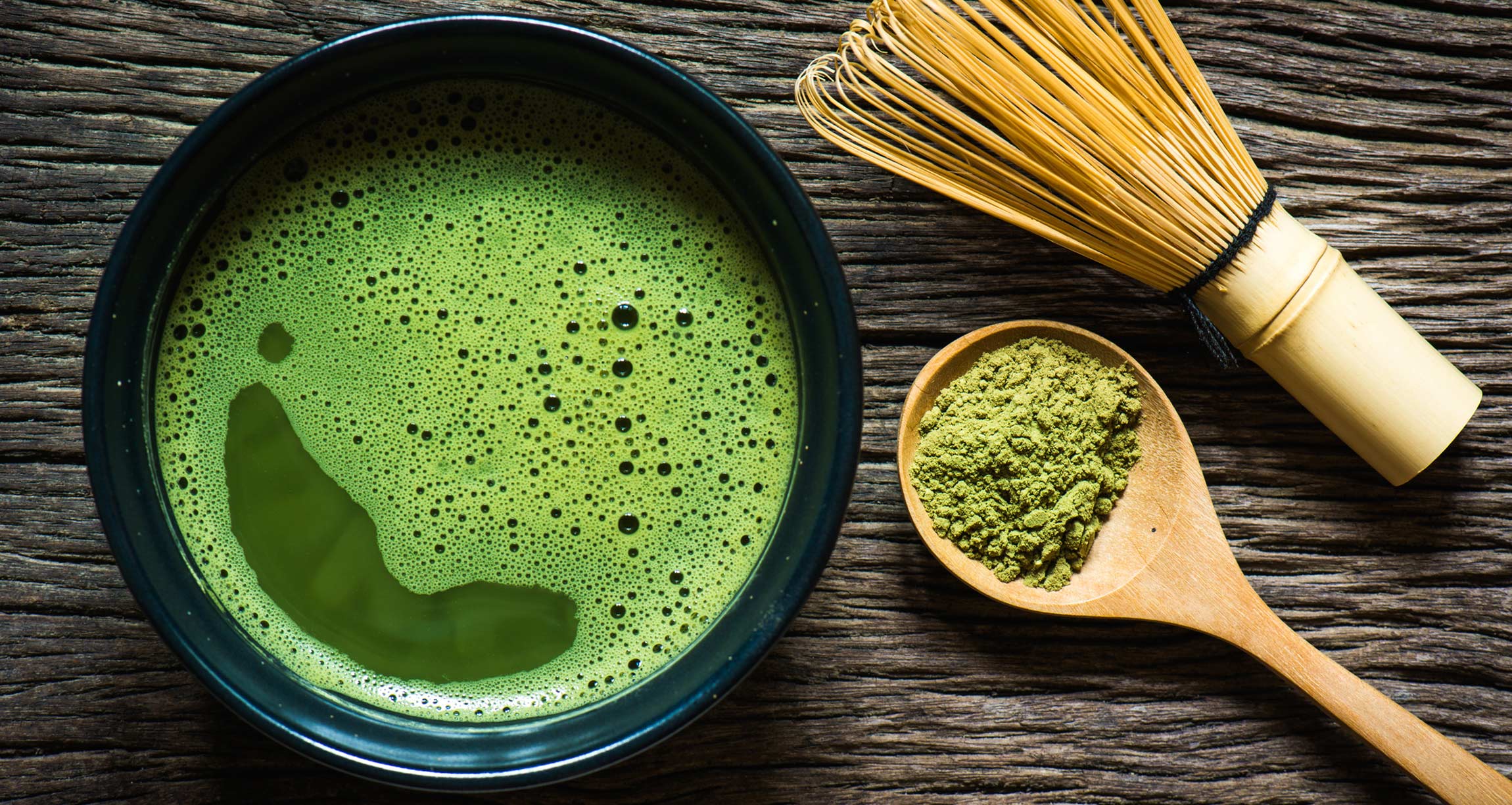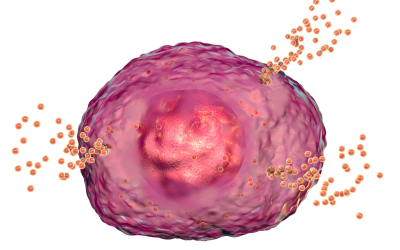We love matcha tea! Here is a summary why we love it so much and drink it often.
The health benefits of green tea consumption have been reported to include: cancer inhibition, allergy relief effects, cognitive dysfunction, and preventive effects on metabolic syndrome (Fujioka et al., 2016). “In a large epidemiological study, which was based on a follow-up investigation of 82,369 Japanese people for 13 years, green tea consumption also showed positive effects such as lowering the risk of cardiovascular diseases and stroke” (Fujioka et al., 2016). Dietary polyphenols found in green have been identified as potent antioxidants. In fact, green tea polyphenols have been shown to modulate different categories of antioxidant biomarkers, such as vitamins, trace elements, and enzyme systems (Vogt & Richie, 2007). “Administration of epigallocatechin gallate (EGCG), the most abundant polyphenol in green tea, was shown to restore chemically reduced tissue levels of antioxidant vitamins A, C and E in rats” (Vogt & Richie, 2007).
Interestingly, green tea polyphenols have been shown to upregulate the endogenous synthesis of intracellular glutathione (GSH) and glutathione peroxidase, while attenuating mitochondrial oxidative stress (Basu et al., 2013). Upregulation of glutathione is a very important, since its deficiency has been implicated in aging, cardiovascular disease and cancer(Vogt & Richie, 2007). The study by Vogt & Richie observed an increase in plasma antioxidant capacity in both green tea beverage and extract groups at 8 weeks, which can be an appropriate target for people with metabolic syndrome since the scenario presents with elevated systemic oxidative stress and impaired antioxidant status.
There are two prominent methods for serving green tea. The general serving method consists of steeping the leaves in hot water and filtering them through a tea strainer. In contrast, in traditional Japanese tea ceremony, fine powdered green tea leaves (matcha) are foamed with a tea whisk in hot water. I have switched to matcha tea and also recommend it often, as I found drinking the 3-5 cups of green tea to obtain the benefits did not fit into my schedule. I also found matcha more enjobale! The consistency is very creamy with an interesting flavor. I also find the ceremony of mixing it very enjoyable.
Farmers cultivate matcha by covering their tea plants 20–30 days before harvest to avoid direct sunlight. This increases chlorophyll production, boosting the amino acid content and giving the plant a darker green color. Once the tea leaves are harvested, the stems and veins are removed and the leaves are ground up into a fine powder known as matcha.
Matcha also seems to have more potent health benefits than its steeped counterpart. Here are some of the benefits I found in research:
- Reactive oxygen species-Powder teas showed the tendency of higher inhibitory effect on ROS than the same amount of leaf teas (Fujioka et al., 2016). The powdering process increased the EGCG extraction by more than 3 times, which likely contributes to the higher antioxidant activity.
- More catechins- Matcha also has more catechins and antioxidants, as much as 137 times greater than steeped green tea (Healthline, n.d.).
- Liver protection-Matcha can significantly reduce liver enzymes as observed in studies with people with non-alcoholic fatty liver disease.
- Cognitive performance-some research indicates that match can elevate cognitive performance. Researchers found that matcha caused improvements in attention, reaction time and memory, compared to the placebo (Healthline, n.d.). This can be attributed to some of the caffeine content, but also l-theanine that is found in matcha tea, which can promote alertness and mitigate the stimulatory effects of the caffeine. I have found the “buzz” from matcha to give me an alert and calm feeling at the same time…it’s actually quite amazing.
- Cancer prevention-The higher content of EGCG can have potent anti-cancer properties, as seen in vitro studies using prostate, skin, liver and lung cancer cells (Healthline, n.d.).
- Improve lipid status-Some studies show that matcha can reduce LDL cholesterol and triglycerides, and also prevent the oxidation of LDL as well. This associates matcha tea with a reduce risk of heart disease and stroke.
- Weight loss-The constituents of green tea are associated with aiding in weight loss. Since matcha comes from the same plant as green tea and has comparable nutrient profile, it can be inferred that matcha would also aid in weight loss.
As a side note, matcha can have heavy metals and pesticides, so it is best to use organic and a brand that removes most of the contaminants. I did a bit of research and found that Teavana brand was a good brand and this is the brand we use. Matcha is great as a latte. You can use flax milk and sweeten with raw honey to make this into an enjoyable, health boosting treat!
References
Basu, A., Betts, N. M., Mulugeta, A., Tong, C., Newman, E., & Lyons, T. J. (2013). Green tea supplementation increases glutathione and plasma antioxidant capacity in adults with the metabolic syndrome. Nutr Res, 33(3), 180-187. doi:10.1016/j.nutres.2012.12.010
Fujioka, K., Iwamoto, T., Shima, H., Tomaru, K., Saito, H., Ohtsuka, M., . . . Manome, Y. (2016). The Powdering Process with a Set of Ceramic Mills for Green Tea Promoted Catechin Extraction and the ROS Inhibition Effect. Molecules, 21(4), 474. doi:10.3390/molecules21040474
Healthline (n.d.). 7 Evidence –Based Benefits of Matcha Tea. Retrieved (2018, February 22) from https://www.healthline.com/nutrition/7-benefits-of-matcha-tea








